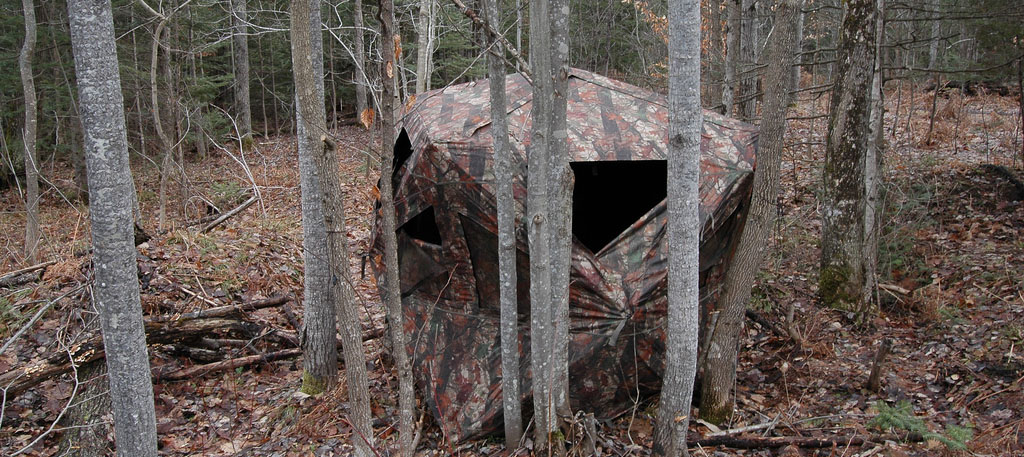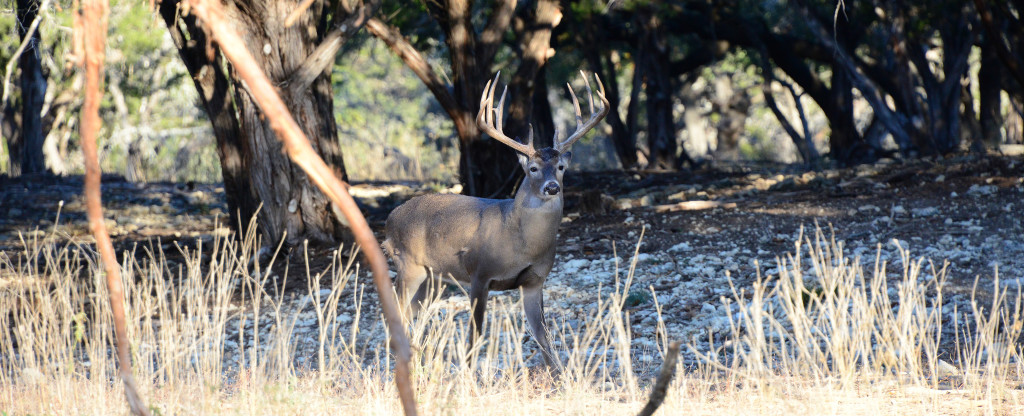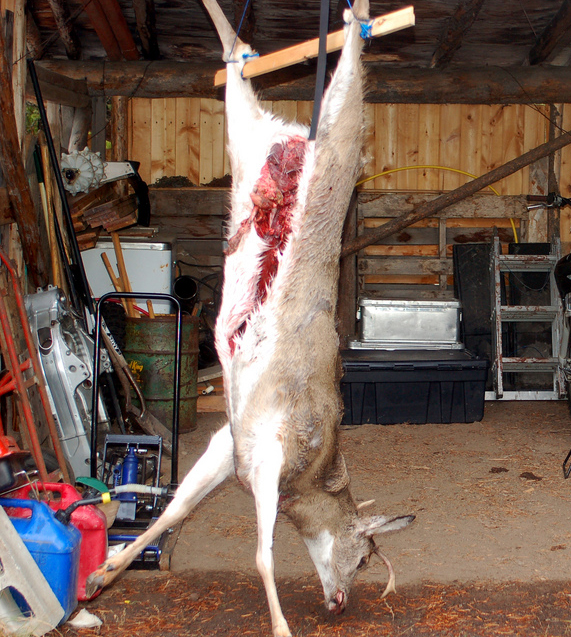 Getting your bear isn’t the end of the process, since it is hoped that serious hunters don’t simply desire to kill something for the sake of killing it. As it happens, there isn’t a lot of a bear that isn’t usable in some way. Properly cared for and aged, the meat is tasty. Bear pelts have been used for a very long time for leather and garments and even footwear. However, hunters may pay scant attention to an excellent product that can come from a bear: Bear lard.
Getting your bear isn’t the end of the process, since it is hoped that serious hunters don’t simply desire to kill something for the sake of killing it. As it happens, there isn’t a lot of a bear that isn’t usable in some way. Properly cared for and aged, the meat is tasty. Bear pelts have been used for a very long time for leather and garments and even footwear. However, hunters may pay scant attention to an excellent product that can come from a bear: Bear lard.
Bears are animals that have bodies specifically designed to put on large amounts of fat, quickly. This is needed to survive the bitter cold of winter while nourishing the creature during those months when it isn’t very active. Bear lard comes from the fat.
Why Render Bear Lard?
It is important to understand what is meant by ‘rendering’. In this case, it is the procedure by which the greases and oils are extracted from the bear fat in order to produce something that can have several uses. Bear fat, as it comes off the animal, is only of minimal use and it has a tendency of spoiling rapidly. Once it is spoiled, it has even fewer uses, not to mention the fact that the aroma is far from good.
After the bear lard is rendered, it can be frozen and used as needed. Bear lard is great for waterproofing leather, tents and other camping gear, and it is stupendous when used for making pastries and for cooking donuts. The flavor is sweet and surprisingly light, making it superior to most other kinds of lard, for cooking.
Preparing the Fat for Bear Lard
 To make the bear lard, the first step is to remove the fat from the carcass. Note that fall killed bears will usually have more fat than those that are bagged in the spring, but the procedure is the same. The fat should be carefully cut off of the meat, taking care not to include any more of the bear meat than possible. More fat may be attached to the bear hide and this can be removed as well, using a hide scraper. Special attention should be given to this task so as not to include hair or dirt.
To make the bear lard, the first step is to remove the fat from the carcass. Note that fall killed bears will usually have more fat than those that are bagged in the spring, but the procedure is the same. The fat should be carefully cut off of the meat, taking care not to include any more of the bear meat than possible. More fat may be attached to the bear hide and this can be removed as well, using a hide scraper. Special attention should be given to this task so as not to include hair or dirt.
The fat can be rinsed in water after removal; however it is best not to have too much water clinging to it during the subsequent step, because this can cause splattering. If you rinse the fat off, it is a good idea to pat it as dry as possible with paper towels. Still, if the fat is removed without hair or other debris, it then isn’t necessary to wash off the fat, which is better.
Turning the Fat into Bear Lard
 The process of turning bear fat into bear lard is surprisingly simple. Place the fat in a large, clean pot and heat it gently, stirring occasionally. Since a good sized bear can have a huge amount of fat, some bear hunters do this in a barrel, outside. The fat breaks down as it is heated, releasing the oils that will end up as the bear lard. This doesn’t occur quickly, though. A 30-gallon barrel full of bear fat may need to be cooked for several hours to render as much of the bear lard as possible.
The process of turning bear fat into bear lard is surprisingly simple. Place the fat in a large, clean pot and heat it gently, stirring occasionally. Since a good sized bear can have a huge amount of fat, some bear hunters do this in a barrel, outside. The fat breaks down as it is heated, releasing the oils that will end up as the bear lard. This doesn’t occur quickly, though. A 30-gallon barrel full of bear fat may need to be cooked for several hours to render as much of the bear lard as possible.
The oil can then be strained and poured into frames or molds and should be allowed to cool to room temperature. When it is cool, the bear lard should have the consistency of the lard you can purchase at the store. It can be frozen for a half hour to an hour, then can be removed from the molds, wrapped in heavy wrapping paper and returned to the freezer for long term storage.
A 300 pound bear can yield 50 to 75 pounds of fat, and it would be a pity to let this go to waste when it can be used. The bear lard is terrific when used in pie dough and pastries. Even better, donuts that have been cooked in bear lard are incomparably good. Just think, your bear can give you both dinner and dessert. This is the way to really live.
Images by I Believe I Can Fly, kgorz and Mads Johansen



